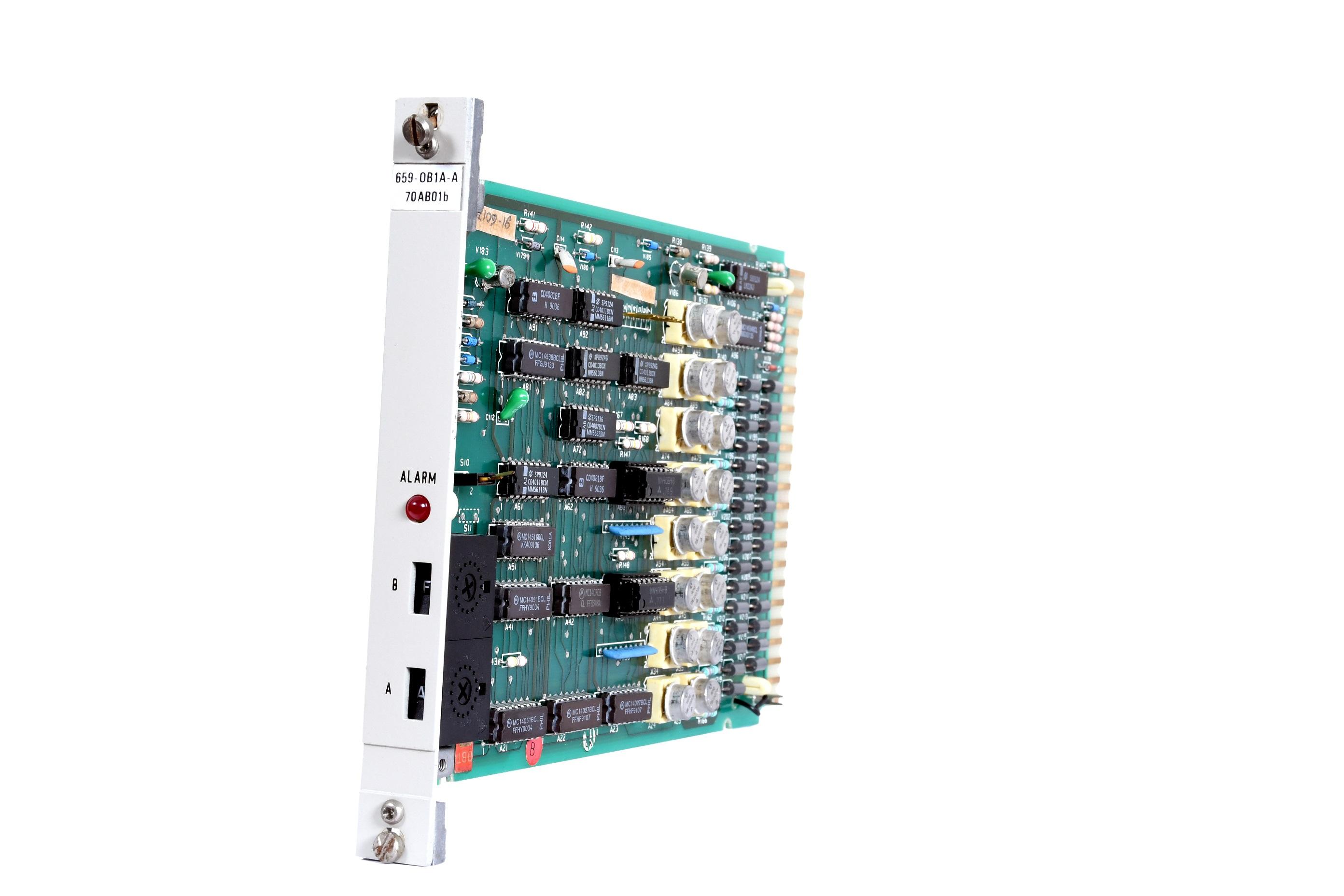Containerized Data Center Market to Reach USD 226.50 Billion by 2034 at 24.16% CAGR

The containerized data center market is poised for remarkable expansion over the coming decade. Valued at USD 26.12 billion in 2024, the market is expected to grow to USD 32.29 billion in 2025 and skyrocket to USD 226.50 billion by 2034, reflecting a robust compound annual growth rate (CAGR) of 24.16% from 2025 to 2034.
Containerized data centers offer a modular, portable, and scalable solution for organizations needing fast, secure, and space-efficient IT infrastructure. These self-contained units, often deployed in ISO shipping containers, allow for rapid installation and relocation without sacrificing performance or cooling efficiency.
Market Drivers
-
Rapid Digitalization: Businesses and governments alike are accelerating digital initiatives, increasing the need for agile infrastructure.
-
Edge Computing Growth: As more data is processed closer to its source, containerized data centers offer an efficient way to bring computing power to remote or distributed sites.
-
Disaster Recovery & Military Use: These centers are ideal for emergency deployment or temporary high-computing demand zones.
-
Space & Cost Optimization: Organizations benefit from a compact footprint, faster deployment, and reduced operational costs compared to traditional builds.
-
Sustainability Initiatives: Modular solutions enable more efficient power and cooling systems, supporting greener IT strategies.
Key Industry Trends
-
AI and IoT Workloads: The proliferation of AI and IoT requires local compute and storage capacity—driving adoption of edge-ready data centers.
-
Prefabrication: Pre-engineered containers reduce deployment time from months to weeks or even days.
-
Microgrid Compatibility: New containerized units can be powered using renewable microgrids, enhancing resilience and sustainability.
-
Hybrid Cloud Integration: These data centers are increasingly used to extend private cloud capabilities to edge locations securely.
Application Areas
-
Telecommunications: Telcos use containerized infrastructure to expand 5G networks and deliver low-latency services.
-
Banking & Financial Services: Supports remote branches and mobile ATM deployments with secure infrastructure.
-
Healthcare: Mobile medical units and research labs need data capacity in the field—where containerized solutions shine.
-
Military & Defense: Used for field operations, command centers, and temporary secure communication hubs.
-
Government & Emergency Services: Quick-to-deploy infrastructure supports national security, disaster relief, and public safety operations.
Regional Insights
-
North America: Leads in adoption due to innovation in edge computing, disaster recovery, and green data initiatives.
-
Europe: Countries focus on digital sovereignty and sustainable infrastructure, fueling container-based deployments.
-
Asia-Pacific: Significant growth from China, India, and Southeast Asia due to smart city initiatives, telecom expansion, and hyperscaler demand.
-
Middle East & Africa: Deployment in oil fields, mining operations, and emerging tech hubs drive adoption in remote regions.
Key Players
A range of industry leaders and emerging players are contributing to rapid innovation and market growth. Notable companies include:
-
Huawei Technologies Co., Ltd.
-
Schneider Electric SE
-
Dell Technologies Inc.
-
IBM Corporation
-
Hewlett Packard Enterprise (HPE)
-
Vertiv Group Corp.
-
Cisco Systems, Inc.
-
Eaton Corporation
-
Rittal GmbH & Co. KG
-
Cannon Technologies Ltd.
These players offer solutions focused on energy efficiency, AI readiness, and container resilience in extreme environments.
Challenges
-
Cooling & Power Limitations: Containerized units must be optimized to handle high-density workloads without overheating.
-
Security Concerns: Being portable makes them susceptible to physical breaches without proper perimeter controls.
-
Regulatory Compliance: Different regions may have complex legal frameworks for deploying portable IT infrastructure.
-
Customization Complexity: Though modular, these systems still require careful planning to meet workload and site-specific needs.
Future Outlook
Containerized data centers will play an integral role in the future of edge computing, AI training hubs, temporary disaster zones, and remote operations. As businesses look to scale with flexibility and speed, this market offers a compelling alternative to traditional data center builds.
Key innovations to watch include:
-
AI-Powered Monitoring: Predictive analytics for cooling, power, and maintenance.
-
Liquid Cooling Integration: For high-density container deployments handling AI and GPU-heavy workloads.
-
Multi-Tenant & Co-Location Containers: Supporting distributed hosting across cloud-native and hybrid environments.
-
Self-Healing Infrastructure: Containers capable of rerouting processes or reconnecting automatically after a network or system disruption.
Rlated reports :





